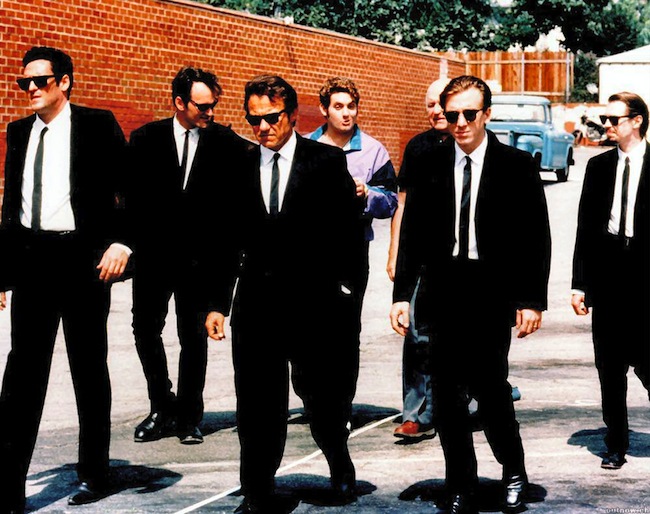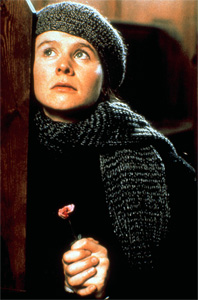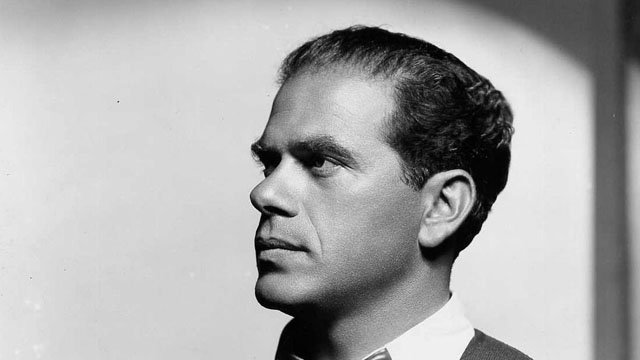In the 1970s and 1980s, multinational corporations bought and merged many movie studios, ending the period of artistic experimentation in Hollywood. The industry has returned to financial success and global dominance through the development ofblockbuster franchises, large-scale marketing campaigns, and content aimed at children. It also has placed increasing emphasis on spectacular special effects in order to draw audiences into movie theaters. The emergence of affordable digital video cameras and the growth of the film festival circuit have expanded the possibilities for independent filmmakers around the world to produce, distribute, and exhibit films.
Some have described the prevailing style of the period aspostmodern because many contemporary films are apolitical, ahistorical, intertextual, and less tied to the conventions of a single genre or culture. The transnational circulation and genre hybridity of contemporary films is exemplified by the increasing global popularity of Indian Bollywood cinema, the largest film industry in the world. Bollywood films combine musical conventions with elements of drama, comedy, tragedy, action-adventure, fantasy, and romance.
Major Movements
American independent cinema: American independent film has flourished in the past 25 years, emerging as a voice for those who do not identify with the image of America that Hollywood has projected. Independent films often contain explicit treatments of sexual, political, and psychological issues and avoid formulaic plots with happy endings and clearly defined characters. They are made by and for women (Susan Seidelman, Julie Dash), racial and ethnicminorities (Charles Burnett, Lourdes Portillo), gays and lesbians(Todd Haynes, Su Friedrich, Julie Zando), working classes (Michael Moore, John Sayles) and other groups who are not adequately represented in mainstream cinema. Harmony Korine, John Waters, Jim Jarmusch, David Lynch, Terry Zwigoff, and Todd Solondz make films full of dark humor that explore the lives of social misfits who are often ignored or ridiculed in Hollywood films. The success of the independents has led many Hollywood studios to establishsubsidiaries that distribute smaller-budget films, blurring the lines of distinction between industrial and independent cinema. Key films include Jim Jarmusch’s Stranger than Paradise (1983), David Lynch’s Blue Velvet (1986), Steven Soderbergh’s Sex, Lies, and Videotape(1989), Spike Lee’s Do The Right Thing (1989), Quentin Tarantino’s Reservoir Dogs (1992), and Wes Anderson’s Rushmore (1998).
East Asian cinema: Since the late 1980s, East Asian cinema has seen success both commercially and on the film festival circuit, spawning influential genres like the Hong Kong action film and Japanese anime. Key films include Zhang Yimou’s Ju Dou (1990) and Raise the Red Lantern (1991), and Chen Kaige’s Farewell, My Concubine (1993), from China; Katsuhiro Otomo’s Akira (1987) and Takeshi Kitano’s Fireworks (1997), from Japan; Ang Lee’s Eat Drink Man Woman (1994), Tsai Ming-Lai’s The Hole (1998), and Hou Hsia-Hsien’s The Flowers of Shanghai (1998), from Taiwan; and John Woo’s The Killer (1989) and Wong Kar-Wai’s Happy Together (1997), from Hong Kong.
Iranian cinema: Iranian film has been one of the most celebrated national cinema movements of recent years. Initially noted for its restrained realist narratives featuring children, whose humanism transcended cultural boundaries, Iranian film has become increasinglypolitical as more female directors have emerged to tackle issues such as women’s rights. Key films include Abbas Kiarostami’s Close-Up (1990) and Taste of Cherry (1997), Mohsen Makhmalbaf’s Once Upon a Time, Cinema (1992), Jafar Panahi’s The White Balloon (1996), Marzieh Meshkini’s The Day I Became a Woman (2000), and Tahmineh Milani’s The Hidden Half (2001).
New British cinema: British filmmakers became radicalized in the 1980s, responding to conservative prime minister Margaret Thatcher’s attacks on labor unions, social programs, and arts funding. Their films chronicle the mass evictions, police brutality, and institutional racism of the period. Like American independent filmmakers, they give voice to marginalized groups, whether through a queering of history (Derek Jarman and Isaac Julien) or through sensitive portrayals of immigrant and working-class communities (Ken Loach, Mike Leigh, John Akomfrah, and Stephen Frears). Though often thematically bleak and stylistically sparse, their films are also characterized by humor, visual innovation, and narrative sophistication. Key films include Frears’s My Beautiful Laundrette(1985), John Akomfrah’s Handsworth Songs (1986), Jarman’s The Last of England (1987), Julien’s Looking for Langston (1988), Loach’s Riff Raff (1990), and Leigh’s Naked (1993).
Personal documentary: Challenging the tenets of direct cinema, many recent documentary filmmakers have included autobiographical and subjective elements in their films. Michael Moore and Marcel Ophuls insert themselves prominently into the fabric of their social and historical documentaries, both as on-camera interviewers and through voice-over, presenting themselves as near-mythical pursuers of truth and justice. Ross McElwee and Sadie Benning make introspective, essayistic films about their lives. Chris Marker and Marlon Riggs combine autobiography with political and philosophical analysis. Key films include Marker’s Sans Soleil (1983), McElwee’sSherman’s March (1986), Ophuls’s Hôtel Terminus (1988), Moore’sRoger & Me (1989), Riggs’s Tongues Untied (1990), and Benning’s It Wasn’t Love (1992).
Major Directors
Spielberg, Steven: Spielberg has been at the forefront of Hollywood’s reemergence as a dominant global industry. His 1975 film Jawsbecame the first modern blockbuster, revolutionizing the way Hollywood films are distributed and marketed. Jaws was released simultaneously in over 400 theaters, marketed extensively on national television, and timed for release in the summer, which linked thematically with its subject matter. In the 1980s, Spielberg showcased his storytelling talents with a series of hugely successful science fiction and adventure films such as Raiders of the Lost Ark (1981) and E.T.: The Extra-Terrestrial (1982), which explicitly appealed to younger audiences. These films brought families back into theaters with compelling stories that were in line with Reagan-era ideals of family values and American moral and technological supremacy.
Stone, Oliver: Unlike that of Spielberg, Stone’s controversial career has been defined by its antithesis to contemporary American values and trends. In a period when American films have become less historical and oppositional, Stone has made four of the most important political films of his generation, Salvador (1986), Platoon (1986), Wall Street (1987) and JFK (1991), in which he looks critically at America’s military-industrial complex, capitalist institutions, and foreign policy. In an era defined by minimal political dissent, Stone has managed to produce controversial, instigating films because his considerable storytelling abilities have made many of his films commercially successful.
Von Trier, Lars: Von Trier gained international prominence when he released his Dogme 95 manifesto, which established a set of filmmaking rules for the digital age, aimed at eliminating stylistic excess and emotional manipulation from cinema. Like many of his contemporaries, he has reconfigured a variety of genres to his own specifications, including historical drama in Zentropa (1991), tragedy in Breaking the Waves (1996), and musical in Dancer in the Dark (2000). Many view Von Trier as a thorn in the side of Hollywood because of his confounding, experimental style and his political deconstruction of American myths of moral superiority, social progress, and economic equality.
Other major directors: Pedro Almodóvar, Theo Angelopoulos, Jane Campion, David Cronenberg, Jonathan Demme, Claire Denis, Atom Egoyan, Peter Greenaway, Michael Haneke, Alejandro González Iñárritu, Jon Jost, Krzysztof Kiéslowski, Emir Kusturica, Mira Nair, Lynne Ramsay, Ridley Scott, Alexander Sokurov.
Image credits: © A.R.P. / Corbis Sygma: Raise the Red Lantern; © Bettmann / Corbis: Nosferatu, Modern Times, It Happened One Night, Bonnie and Clyde; © Corbis Sygma: Breaking the Waves; © John Springer Collection / Corbis: The Passion of Joan of Arc; © Sunset Boulevard / Corbis Sygma: 2001: A Space Odyssey, The Godfather; © Underwood & Underwood / Corbis: The Lady from Shanghai.
Credits: Sparknotes






















